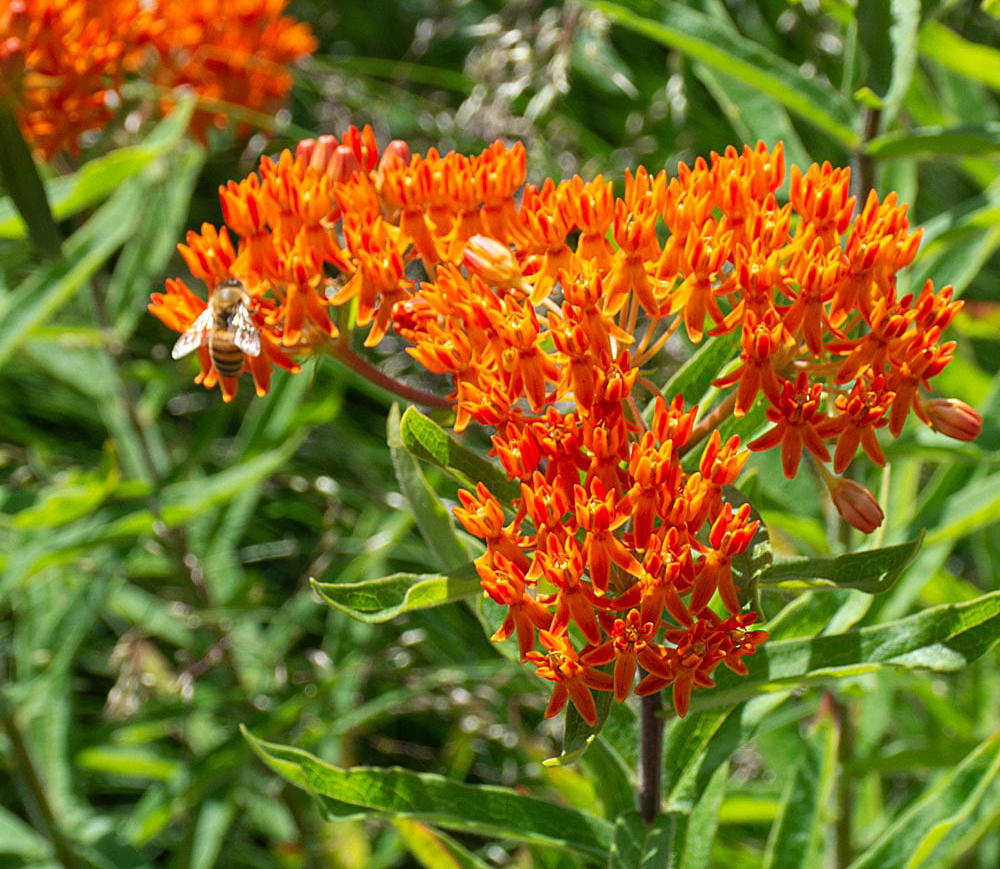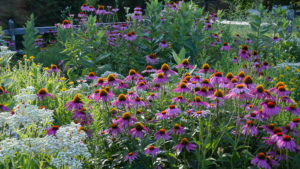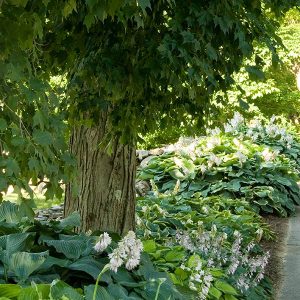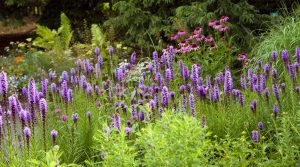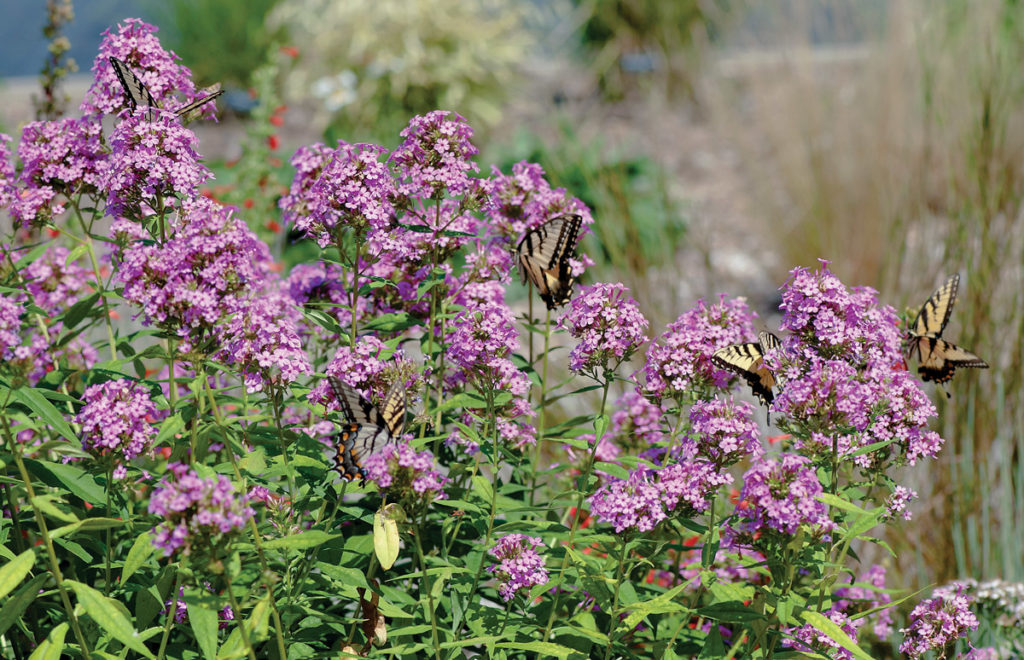
Phlox paniculata ‘Jeana’, 2024 Perennial Plant of the Year
If you’ve spent any time in recent years reading books or magazines about gardening, you will be aware of the growing interest in native plants. Regular readers of our catalog will likely have a general understanding of what this term refers to and why a gardener might seek out native plants. Because this is a complicated topic and is often over-simplified in bite-sized media, we’d like to briefly discuss the ways in which native plants figure in what we do at White Flower Farm.
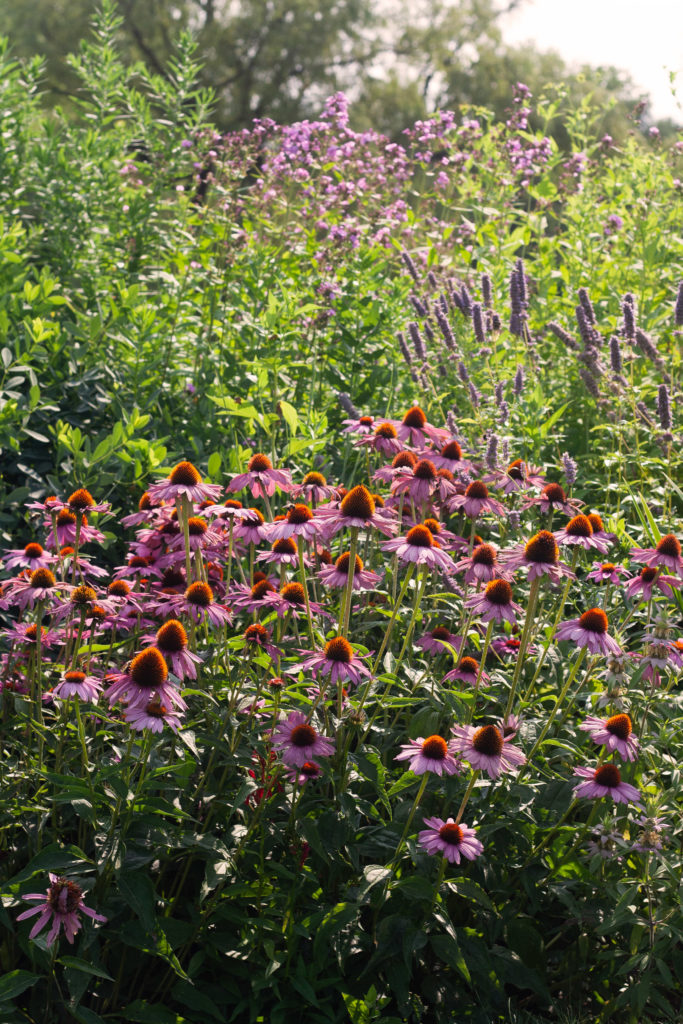
What Is a Native Plant?
The definition provided by the United States Department of Agriculture’s US Forest Service says a native plant species is one that has “evolved and occurs naturally in a particular region, ecosystem, and habitat. Plant species native to North America are generally recognized as those occurring on the continent prior to European settlement.” For example, Echinacea purpurea, commonly referred to as Purple Coneflower, is usually described (by the USDA among other sources) as native to most US states east of the Rockies. Agave americana (American Century Plant), on the other hand, is considered a native species only in the handful of southern US states (Texas, Louisiana, etc.) where, as one would expect, its preferred growing conditions prevail. Of course, plants don’t observe our political borders, and in the US a plant’s range of origin is often best described not by the states in which it is thought to be endemic but by the ecoregion(s) in which it evolved. An ecoregion is, as defined by the Environmental Protection Agency, “an area where ecosystems and the type, quality, and quantity of environmental resources are generally similar.” The EPA identifies nearly 1,000 distinct ecoregions within the lower 48 US states.
Why Do Gardeners Care Where a Plant Species Originated?
For several reasons. Perhaps the most important is that plants have adapted, over enormous time scales, to thrive in the conditions of their native habitats. Therefore, when gardeners elect to utilize a species that is native to their area, they can be confident that the plant is well suited to the climate and soils it will encounter. Gardeners have reason to believe, for example, that once the plant is established, it won’t require undue additional inputs such as water, fertilizer, or protection from pests. This logic, of course, has its limits. Being native to a given area doesn’t make a plant immune to drought, predation, extreme temperatures, or any number of other stressors. Furthermore, our gardens are not “natural” habitats and if we site a plant without considering its specific cultural preferences (as discovered and recorded by gardeners over generations), the fact that the plant is considered native to the area is of no practical import.
A second, related reason why a gardener may be interested in a plant’s place(s) of origin is that the plant in question did not evolve in isolation. Indeed, it participated over millennia in an enormously complex co-evolutionary process with innumerable other flora and fauna. It likely developed specific mutualisms with local pollinators, protections against predators, and morphological strategies for capturing its required resources. Today, these co-adaptations are put to good use by gardeners who recognize that native plants, in “community” with other plant and animal species, are supportive of biodiversity. Ecology teaches us that a more diverse system is a more resilient system; a resilient garden means more success and less work for the gardener, not to mention the quiet pleasure of supporting Nature as it takes its course.
Are Non-Native Plants To Be Avoided?
No! There are many valuable garden plants that are not native to North America or to your corner thereof. Exotic plants have ecological value—they too will provide food and habitat for insects and birds and move carbon from the atmosphere to the soil, among other valuable ecosystem services.
It’s worth highlighting the distinction between non-native plants and invasive plants. Invasives are those plant species that, when introduced to a new environment, are too successful; they have the capacity to outcompete and displace native plant communities. Many of the most notorious invasive plants that American gardeners encounter are Asian in origin—Kudzu, Japanese Knotweed, Oriental Bittersweet, etc.—but we ought not conclude that all exotic plant species are harmful. On the contrary, many of our most familiar and best-behaved garden plants (Azalea, Camellia, Peony, to name just a few) are not native to North America. We adore them nonetheless.
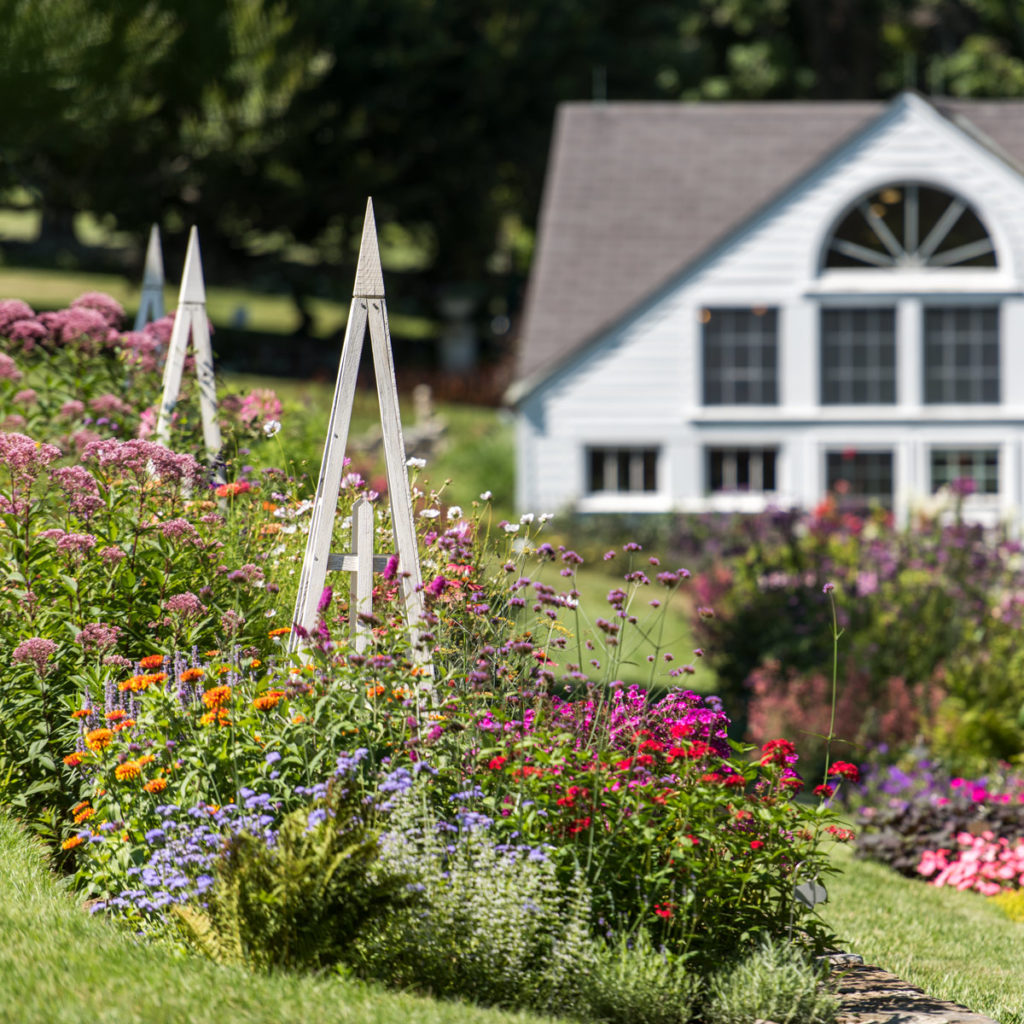
Where Does White Flower Farm Stand On All This?
For more than 70 years we’ve brought our customers beautiful, interesting, and useful garden plants from all over the world. We have no plans to become a natives-only nursery, but we do plan to repeat and emphasize the importance of native plants in our landscapes. Our gardens are, individually and in aggregate, a critical reservoir for biodiversity—a refuge for beneficial insects and wildlife—and a tool for ecological repair. Gardeners have a crucial role to play in sustaining the natural systems that sustain us.
To close, a qualification: We are not wildlife ecologists nor do we make any claim to knowing all there is to know about native plants and how best to garden with them. If you’re interested in learning more about this rich topic, the literature listed below is a good starting point.
Additional Sources for Your Consideration
- Nature’s Best Hope by Douglas W. Tallamy. Dr. Tallamy is an entomologist and an articulate advocate for the use of native plants in our home landscapes.
- Planting in a Post-Wild World: Designing Plant Communities for Resilient Landscapes by Thomas Rainer and Claudia West. Part manifesto and part how-to guide.
- The National Wildlife Federation offers a user-friendly tool for identifying plants that are native to your locale.
- Your local branch of the Cooperative Extension System can be an excellent source of plant lists and other practical information about building resilient landscapes.

